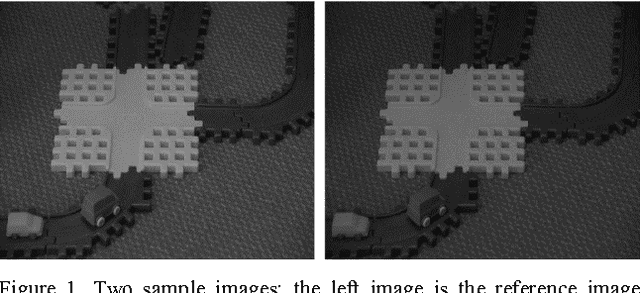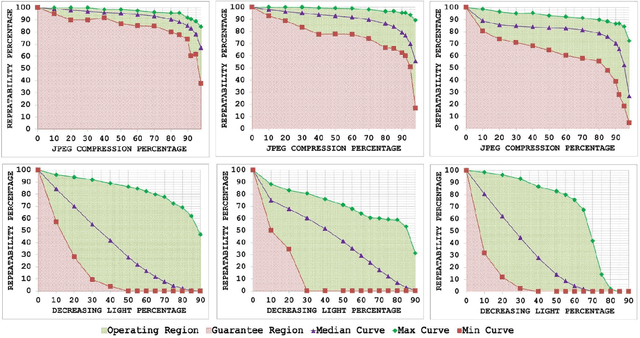Assessing The Performance Bounds Of Local Feature Detectors: Taking Inspiration From Electronics Design Practices
Paper and Code
Oct 17, 2015

Since local feature detection has been one of the most active research areas in computer vision, a large number of detectors have been proposed. This has rendered the task of characterizing the performance of various feature detection methods an important issue in vision research. Inspired by the good practices of electronic system design, a generic framework based on the improved repeatability measure is presented in this paper that allows assessment of the upper and lower bounds of detector performance in an effort to design more reliable and effective vision systems. This framework is then employed to establish operating and guarantee regions for several state-of-the art detectors for JPEG compression and uniform light changes. The results are obtained using a newly acquired, large image database (15092 images) with 539 different scenes. These results provide new insights into the behavior of detectors and are also useful from the vision systems design perspective.
 Add to Chrome
Add to Chrome Add to Firefox
Add to Firefox Add to Edge
Add to Edge